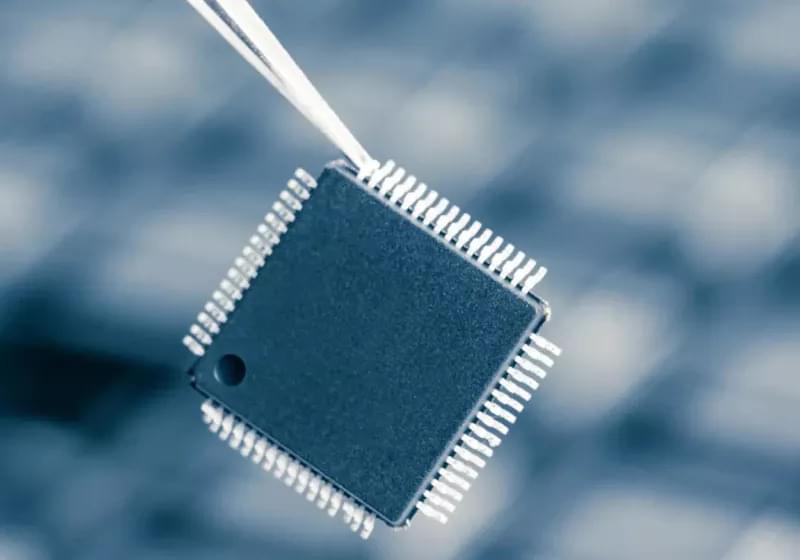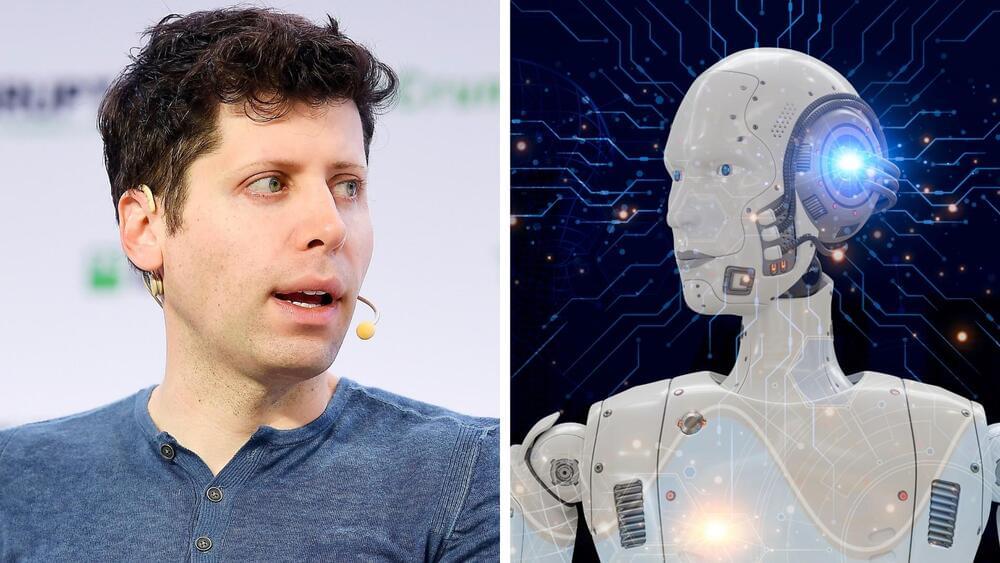Why it matters: While AI algorithms are seemingly everywhere, processing on the most popular platforms require powerful server GPUs to provide customers with their generative services. Arm is introducing a new dedicated chip design, set to provide AI acceleration even in the most affordable IoT devices starting next year.
The Arm Cortex-M52 is the smallest and most cost-efficient processor designed for AI acceleration applications, according to the company. This latest design from the UK-based fabless firm promises to deliver “enhanced” AI capabilities to Internet of Things (IoT) devices, as Arm states, without the need for a separate computing unit.
Paul Williamson, Arm’s SVP and general manager for the company’s IoT business, emphasized the need to bring machine learning optimized processing to “even the smallest and lowest-power” endpoint devices to fully realize the potential of AI in IoT. Despite AI’s ubiquity, Williamson noted, harnessing the “intelligence” from the vast amounts of data flowing through digital devices requires IoT appliances that are smarter and more capable.



